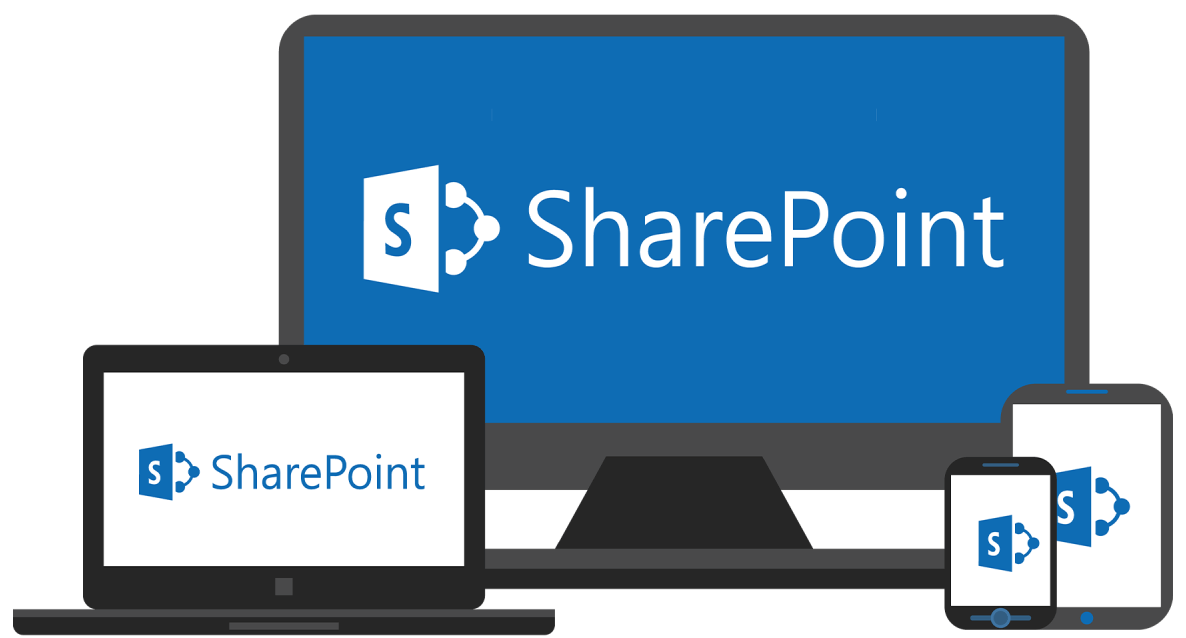Why Need to Monitor SharePoint Storage Limits?
It is quite necessary to understand your SharePoint storage quota. This involves knowing the total storage allocated to your organization, the storage consumed by different sites, and the remaining available space. Regular monitoring of these metrics provides insights into storage usage patterns and potential issues. Keeping track of SharePoint storage allocation is essential for several reasons:
- Preventing storage exhaustion: Early detection of storage limitations allows for proactive measures to avoid disruptions.
- Optimizing resource utilization: By identifying storage-intensive areas, you can optimize resource allocation.
- Enforcing storage policies: Monitoring helps ensure compliance with storage quotas and retention policies.
- Identifying storage bottlenecks: Analyzing storage usage patterns can help pinpoint areas where storage optimization is needed.
Methods to Check SharePoint Storage Usage
In general, you can see your SharePoint storage limit through the following 3 methods.
SharePoint Admin Center
The SharePoint Admin Center provides a centralized view of storage usage across your entire SharePoint environment.
- Access: Log in to the Microsoft 365 admin center using an administrator account.
- Navigate: Go to the "Active sites" section.
- View storage: In the upper right corner, you'll see the total storage available and the total storage used for your organization.
- Breakdown: Hover over the storage bar to see a breakdown by geo location if Multi-Geo is configured.
Site Settings
To check storage usage for a specific SharePoint site:
- Access: Navigate to the desired SharePoint site.
- Site Settings: Click on "Site Settings" in the top right corner.
- Storage Metrics: Under "Site Collection Administration," select "Storage Metrics."
- View usage: This page displays the total storage used by the site, the available storage, and a breakdown of storage consumption by folders.
Storage Metrics Report
For a more detailed analysis of storage usage, generate a Storage Metrics report:
- Access: Navigate to the desired SharePoint site.
- Site Actions: Click on the gear icon to access "Site Actions."
- Site Collection Web Analytics reports: Select this option.
- Storage Usage: In the quick launch menu, find and select "Storage Usage" under the "Inventory" section.
- View report: The report provides a comprehensive overview of storage usage, including file sizes and modification dates.
How to Optimize SharePoint Storage Usage and Prevent Storage Full issue?
After learning how to check your SharePoint storage limit, it is also important to know how to manage the storage best and avoid any potential storage full issues, which can impact user access and collaboration, decrease system performace, data corruption or even data loss.
Regular Cleanup
Periodically review content within SharePoint sites to identify and delete unnecessary files, such as drafts, duplicates, or outdated documents. Also, manage document versions to remove older versions that are no longer needed.
Compress Large Files and Use Appropriate File Formats
Optimize file sizes by compressing large files before uploading them to SharePoint. Additionally, use appropriate file formats that are efficient in terms of storage and performance.
Manage Document Versions Effectively
Configure versioning settings in SharePoint to control how many versions of a document are retained. Determine whether major or minor versions are necessary based on organizational needs.
Set Appropriate Storage Limits for Different Sites
Define storage quotas at the site collection or site level in SharePoint to limit how much storage space can be consumed. Adjust quotas based on the importance and usage patterns of each site.
Use Another Cloud as Backup
Apart from the above methods to prevent SharePoint storage from being consuming quickly, using another cloud drive as a backup to offload the SharePoint data is also proven to be effective. OneDrive for Business is an excellent choice. Once determined, you can use MultCloud, a famous multiple cloud manager, to migrate data from SharePoint to OneDrive.

- Offline TransferDon't rely on network connection, but use the data traffic for backing up cloud files.
- Direct TransferDon't go through the local storage, but directly transfer files across different clouds online.
- Auto Transfer: Transfer data regularly without having to manually initiate each transfer task
- Cross-Platform Access: Access your cloud files from devices or operating systems.
More importantly, MultCloud not only provides the Cloud Transfer feature to move data from one cloud to another, but also offers the following amazing function to facilitate the cloud data management.
| Function | Description |
|---|---|
| Cloud-to-Cloud Sync | Synchronize files between different cloud services and create backups. |
| Multi-Cloud Management | Manage multiple cloud storage accounts from a single interface. |
| Support for Multiple Providers | Compatible with a wide range of cloud storage providers (e.g., Google Drive, Dropbox, OneDrive, etc.). |
| Email Migration | Convert Gmail or Outlook emails to PDF formats and save to cloud or local drive in bulk. |
| Image Saver | Save or download images from sites including Instagram, Google search, etc. |
MultCloud Supports Clouds
-
Google Drive
-
Google Workspace
-
OneDrive
-
OneDrive for Business
-
SharePoint
-
Dropbox
-
Dropbox Business
-
MEGA
-
Google Photos
-
iCloud Photos
-
FTP
-
box
-
box for Business
-
pCloud
-
Baidu
-
Flickr
-
HiDrive
-
Yandex
-
NAS
-
WebDAV
-
MediaFire
-
iCloud Drive
-
WEB.DE
-
Evernote
-
Amazon S3
-
Wasabi
-
ownCloud
-
MySQL
-
Egnyte
-
Putio
-
ADrive
-
SugarSync
-
Backblaze
-
CloudMe
-
MyDrive
-
Cubby
